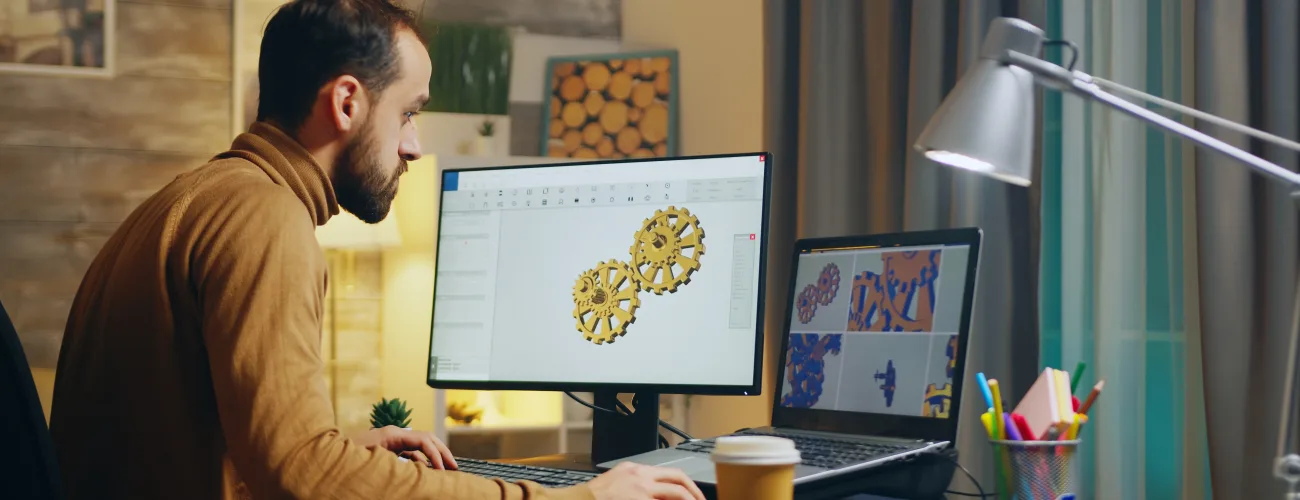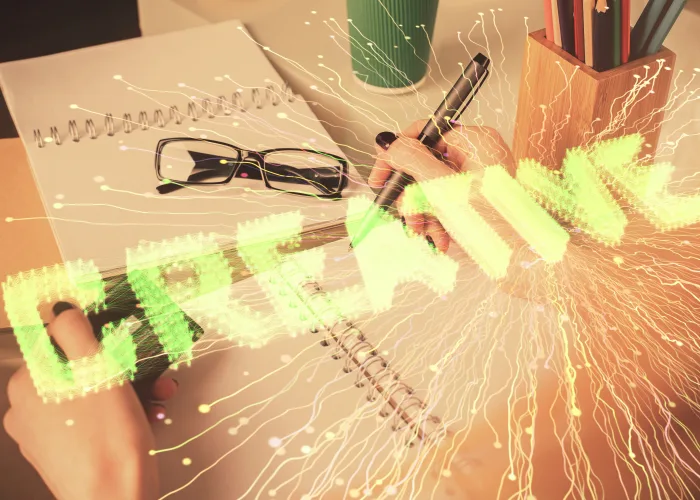

Digital marketing is fueled by visuals. Scrolling social feeds, opening an email, or researching a brand whatever the use case, compelling design is what slows thumbs, drives clicks, and drives conversions. Now that the landscape is so crowded, "good enough" art no longer suffices; companies require strategic, data-driven, future-proof imagery that inspires confidence in the blink of an eye and maintains momentum throughout the customer journey. Below is a 1,400-word dive into why graphic design has become the central nervous system of contemporary marketing—and how to leverage 2025's greatest opportunities to build your brand.

Graphic design breaks down brand strategy into instant, memorable impressions. The mind processes images 60,000 times faster than words, so refined visuals enable you to convey benefits before a visitor reads a word. On platforms where attention lasts around three seconds, stunning graphics tell the mini story that convinces individuals to linger, discover, and purchase. Meanwhile, custom graphics beat generic layouts and stock photos: advertisers who focus on tailored visuals achieve greater traffic increase, stronger recollection, and improved ROI on ad expenditure.
Static banners remain necessary, but motion graphics, interactive video, and micro animations now rule engagement metrics. Current research indicates interactive video achieves 300 % higher engagement than traditional formats, with 43 % of customers explicitly preferring interactive over passive viewing Movement gets the eye, maintains attention, and provokes clicks or taps that fuel conversion funnels. Even slight UI animations button states or loading transitions, for example make experiences feel more premium, smoother, and faster. For marketers, the message is straightforward: dynamic design is not a nicety; it's a performance enhancer.


Through constant trend cycles, three enduring principles ground each effective design asset:
Keeping these pillars in place guarantees even the most cutting-edge imagery remains workable, convincing, and brand accurate.
A solid identity system converts casual browsers into zealous supporters. It starts with a design system logo suite, scale typography that goes from watch screens to billboards, and coloration that looks the same on print and digital materials. But identity is not just about looks; it's also an operating system for storytelling: an illustration language for infographics, a photography approach for lifestyle shoots, and motion direction for reels or stories. When each asset rings with a consistent design DNA, you enhance brand recognition, reduce production time, and build trust essential for cultivating long term customer value.


Generative AI has graduated from novelty to must have. You can now ask "Create a carousel ad with happy graphics in brand colours" and get production ready files within minutes. Platforms like Adobe Express, Canva's new Claude integration, Microsoft Designer, and Jasper Art bring pro level features to non designers and turbo charges veteran creatives
However, human intervention is still essential for strategy setting, the assessment of nuance, and protecting ethical representation. The optimal outcome comes when designers guide AI as a co pilot instead of turning it loose at the wheel.
Shoppers move from TikTok to smart watches to car dashboards with the expectation of visual continuity. Responsive design—and its sibling, adaptive design makes art fluid, not static. Start every project with a system of grids, type sizes, and components that is scalable. Export 1×, 2×, 3× for high-density screens, test dark mode alternatives, and prepare for accessibility settings such as large text. Omnichannel design also requires functional subtlety: what grabs attention on Instagram Reels can have a different area of focus or length on LinkedIn. Anticipating this up front lessens production debt later.


Accessible graphics are not "nice to have" but in most jurisdictions, they're a legal requirement. Designers need to factor in color blind palettes, adequate contrast levels (WCAG 2.2 AA or higher), alt text for pictures, and video captioning. Inclusive images also take representation into account varied ages, ethnicities, body shapes, and abilities—enabling viewers to visualize themselves in the narrative and increasing emotional engagement. When marketers build inclusivity into the brief, they release wider reach, build greater brand goodwill, and future-proof assets against shifting standards.Ecom360
Design is imaginative, but its success exists in numbers. Incorporate UTM codes, heat map tracking, and on platform analytics to link visuals to concrete KPIs—CTR, CPL, ROAS, and more. AI analytics dashboards surface under performing creatives, letting teams swap thumbnails, tweak copy positioning, or adjust color to spike lift. The data loop makes design an iterative science: hypothesize → design → deploy → analyze → refine. Over time you’ll build a style guide informed by both brand taste and proven performance patterns.
Do you hire an in house team, freelance, or specialized agency? Each has advantages: in house provides brand intimacy; freelancers are flexible; agencies bring multi disciplinary horsepower. Consider your volume of campaigns, speed needs, and areas of skill deficiency. For most mid size brands, a hybrid solution core internal design capabilities augmented by an external roster of overflow or specialty expertise provides the highest ROI. Regardless of which path you choose, prioritize partners who:
Graphic design is no longer an eleventh-hour shine on the way to release it's the glue that holds your digital marketing engine together. From AI backed ideation to motion-activated storytelling, your images today determine if your message drowns or flies. Brands who own design will get noticed, be trusted, and turn buyers in a noisier and noisier marketplace
Ready to take your creative to the next level? Begin by conducting an audit of your existing assets against 2025's standards. Pinpoint quick wins such as taking static banners dynamic and plot out larger initiatives, such as introducing an AI driven design pipeline. Then work it, iterate, and track. Your future proof visual identity is merely a few pixel perfect steps away.













